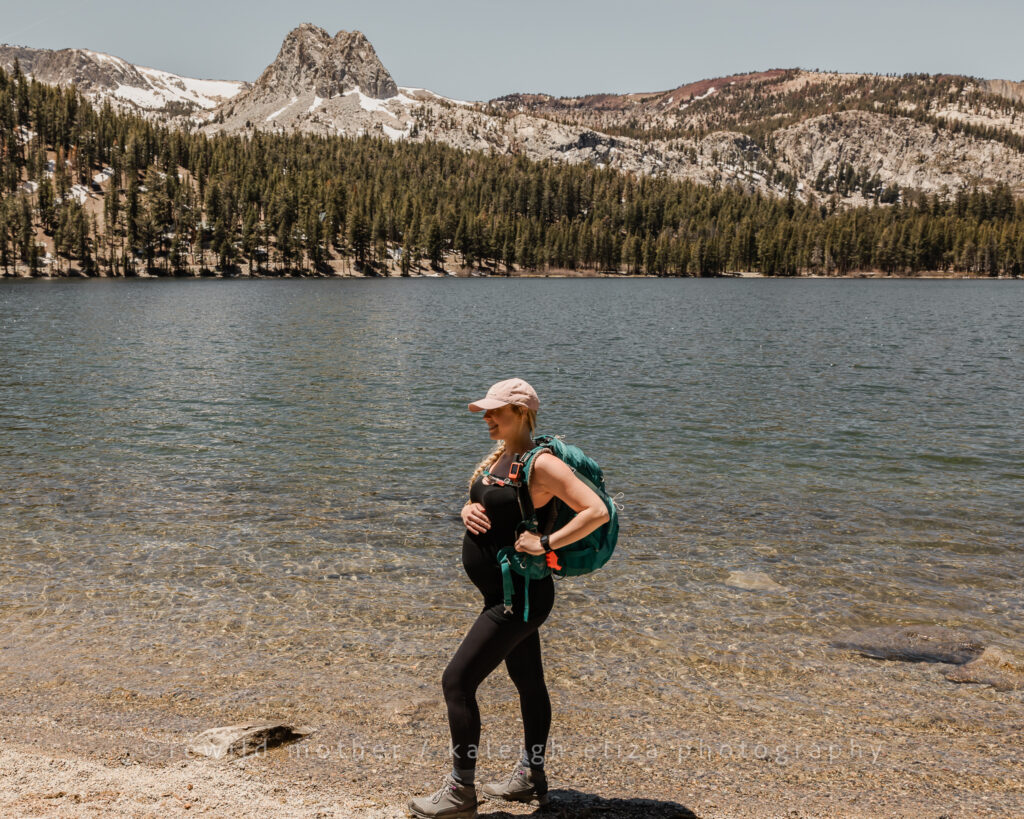
Being prepared to overcome anything while hiking is extremely important, especially when hiking with kids. I strongly believe that this is often underestimated, especially when hiking in urban areas where trails are more easily accessible and might not be considered “off the grid”. But the shocking fact is this: emergency situations can happen in an instant, so being prepared to overcome challenges is extremely important. Also, your children are looking to us mothers as their guide for how to explore the outdoors. Are we going to set the example that “we’ll figure it out and hope for the best”? Or, are we going to show them how to be aware and prepared, how to overcome challenges, and how to keep ourselves and our families safe, *always*?
Since you found your way to my blog, I’m going to guess that you said YES to the latter question. You’re awesome! And, your commitment to continually learning how to set the best example of being prepared for your children will be an extremely valuable piece of their childhood.
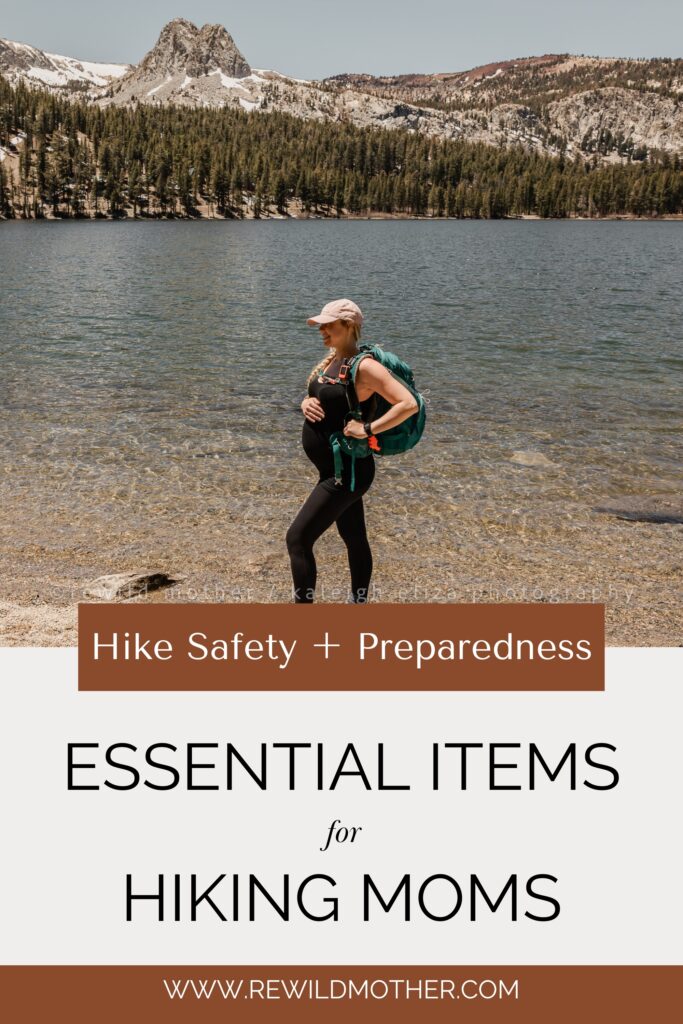
Certainly, we always plan for the best hikes and have the intention to stay safe. But the reality is that emergencies can happen in any moment.
Emergencies like:
- a wildfire starting
- getting lost due to an overgrown or washed out trail
- animal encounters that deter from the planned route
- snake bites
- accidental injury
- extreme and unexpected weather conditions
- interaction with a threatening person
- getting disoriented due to dehydration, hunger, altitude
- suffering from a medical condition or having an allergic reaction
- and so on…
My intention here is not to scare anyone away from hiking due to the things that can go wrong, or to be trapped in a negative, doomsday mindset. Rather, I say these things to stress the importance of taking safety so seriously when setting out on wilderness adventures with children (and without them, too).
Want to make sure you can trust my opinion? Here’s my backstory:
I come from a family of avid adventurers. I’m lucky to have the knowledge and resources right at my fingertips from myself and other people with extensive experience in: extended backpacking trips, backcountry skiing, camping “off grid”, long-distance mountain biking, mountaineering, rock climbing, an assortment of boating and water sports, and of course, countless miles of backcountry hiking. I truly love learning from the experiences of others and absorbing their knowledge and wisdom, as well as strengthening my own. I will always work to make the very best decisions for myself and my kids while exploring the outdoors.
In addition to all of that, I have spent the past 15 years hiking and adventuring on my own (not necessarily alone, but without the supervision of an adult). I have learned from my own successes and failures repeatedly over that time and I’m very confident in (and proud of) the skills that I’ve acquired.
Now, the fun part! Here’s a list of my non-negotiable essential items that I keep with me on hikes with my kids (in no particular order):
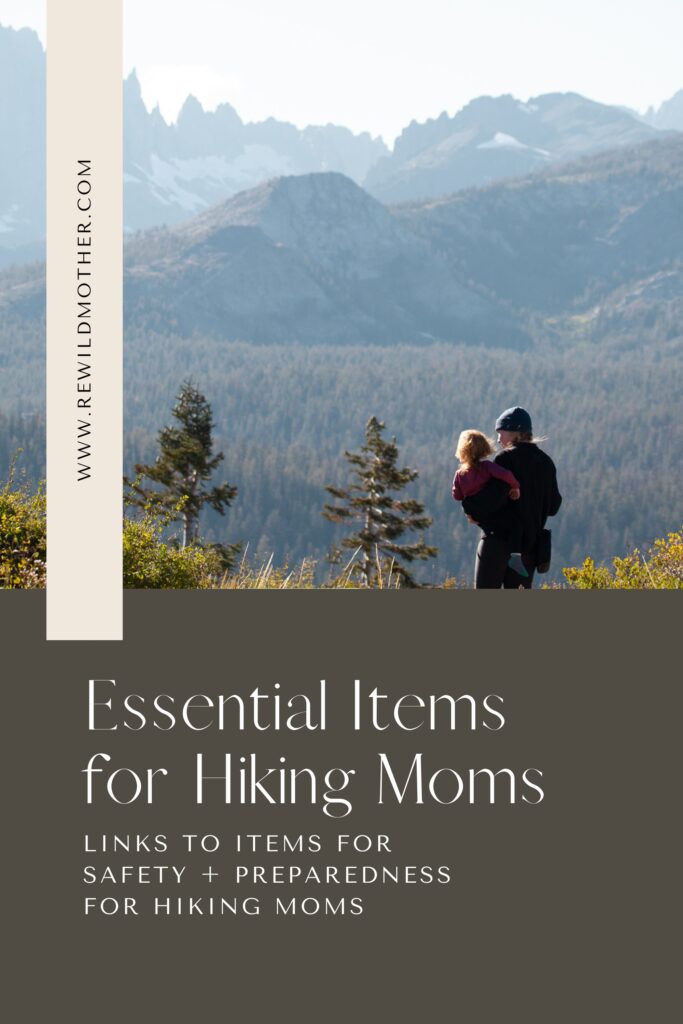
A PLB (Personal Locator Beacon) is an absolute non-negotiable item for me. It is in my backpack for every single hike: the short ones, the urban area ones, the ones that I expect to have cell service, and of course all the others, too. In the event of an emergency, having this PLB is the highest chance that I have for getting in contact with help.
Now, I want to be very clear about this next note: just because you can get in contact with help DOES NOT guarantee that they are immediately coming to rescue you. Having a quality survival skill set is extremely important. Many factors can come into play with rescues: weather, location, available resources, etc. Remember, the only thing that you can 100% depend on in the event of an emergency is yourself. Empower yourself and continually grow your backcountry knowledge.
SOG Fielder G10 Folding Pocket Knife
A pocket knife is an extremely useful, and usually inexpensive, tool. Certainly there’s a very wide range of features and prices to consider, but starting out with a good-quality, low price option is a great idea. My favorite knife brands are SOG and Gerber.
Having access to filtered water will quite literally be a life saver. These Lifestraws are super light weight and easy to stick in a hiking backpack in case it’s ever needed. They can dip directly into a fresh water source with one end and drink from the other. Remember that a LifeStraw is to be packed in case of an emergent need to source filtered drinking water. Make sure to pack plenty of water in a water reservoir or similar.
How much water should be brought on a hike?
A general rule for how much water to pack for a hike is: One half liter per hour (or per mile) of moderate activity. This amount can (and should) be increased depending on:
- Difficulty of activity
- Weather / hot temperatures
- Your personal need for more water than average
*Please also keep in mind that if you are bringing your dog along with you, they also need this same amount of water packed, if not more!
The fact is this: Yes, large quantities of water can quickly add weight to your pack, but it absolutely isn’t something you want to run out of on the trail. Personally, if I ever return from a hike with little or no water left in my pack (or in my child’s pack), I take it as a warning that we need to pack more next time.
If you’ve found this blog post helpful, check out my article with the best safety tips for hiking with kids!
This is another very lightweight and small item that is imperative to have in the event of an emergency (especially if the emergency is weather related). Definitely be sure to have an emergency bivvy if you are hiking in cold weather, snowshoeing, or are in a place with frequent and rapid changes in weather. This bivvy could be the one thing that keeps your body temperature at a safe level while waiting out a storm or waiting for rescue.
A first aid kit is a no-brainer for hiking, especially with kids. There have been countless times where my daughter took a tumble down the trail which only resulted in a scrape, but the shock of it brought her to tears and panic. After a few calm moments of cleaning her up, letting her pick out a bandage, and reassuring her that I’m here to take care of her, I was able to get us back on the trail and out of our hike as fast as possible. Let it be known: bandages buy you time when hiking with kids! It’s funny because it’s true. They get the visual representation that everything is ok, which helps everyone stay calm and keep going.
Obviously, there’s also the true emergency injury situations that can come up, too, where having a quality first aid kit (and knowing how to use it!) is very important.
This is another very small and lightweight tool that might not ever get used on day hikes, but let me tell you: if I was ever lost and unexpectedly on trail overnight, I’d desperately want to have a fire for warmth, protection, and signal (obviously with the highest safety measures being followed so to not start a wildfire). I’ve only ever used this fire starter when camping and I’ll confirm that it is a great, easy-to-use tool to have in your survival kit.
Compass / Navigation / Map
In our current world of immediate directions and easy to find answers straight from our phones, having a compass and knowing how to use it is CRITICAL when out in the backcountry. Your phone can get lost, broken, the battery can die, or you can lose cell signal. We are so used to relying on our phones saving us that we don’t always really consider empowering ourselves to be aware and prepared. Having a compass, knowing how to use it, and practicing being aware of your navigation while out on hikes is a great way to strengthen your outdoorsman skills!
Emergency Whistle – option 1
Emergency Whistle – option 2
Emergency whistles are another super handy survival tool, and it’s a great item to lead into safety skill lessons with the kids! Many of the popular hiking backpack brands have an emergency whistle on the chest buckle, but from my personal experience, those are nowhere near as loud as these whistles that I have linked.
I will be doing a blog post soon about how to teach kids what to do if they were to get lost on the trail and how to use an emergency whistle. Make sure you’re subscribed to my newsletter and follow along on Instagram @rewildmother so you don’t miss it! I taught a class on this to our homeschool group and the kids loved it.
Being properly hydrated on hikes is extremely important. These LMNT (pronounced element) packets are a really great option for quick electrolytes and a hydration boost. Many other popular brands are filled with junk ingredients and tons of sugar. LMNT packets have super clean ingredients, zero grams of sugar, and they taste really good. I like having a few extras of these in my backpack in case I come across someone needing help that I can share them with.
Bear Spray / Personal protection item of your choice
This one is pretty self explanatory and is totally up to each individual’s preference. An important note: if you are carrying bear spray, make sure you know exactly how to use it so it is effective and doesn’t spray back on you. Searching for videos on YouTube is a good and easy way to educate yourself. Do not assume that it’ll be easy to figure out how to discharge the spray when you are in a stressful situation with a bear.
Even if you are hiking during the day and expecting to be back before dark, please pack a headlamp. This is yet another piece of gear that is lightweight, small, and easy to pack. You probably won’t need it, but if you do, it’ll be critical that you have one. Whether it’s a rapid change in weather or a much later than expected return time, having a headlamp in the event that you lose light fast is very important.
Hiking Mom Tip: having headlamps for each hiking child is super helpful for keeping track of exactly where they are if you are hiking late afternoons or dusk. Even if the kids are only a few steps ahead of you it can get tricky to see when losing light fast, and it’s such a nice reassurance to always have quick and easy tabs on them from their light.
Same note as the headlamp above: don’t hike at any time of the day without having an emergency light!
Storage Pouch for storing all of these items in your backpack
I keep the majority of these items in a Mardingtop Utility Pouch. I have a few of these pouches – one for my hiking pack and two for my emergency evacuation bag – and I think they’re an awesome way of keeping your gear organized. Below is a smaller option that is great as well.
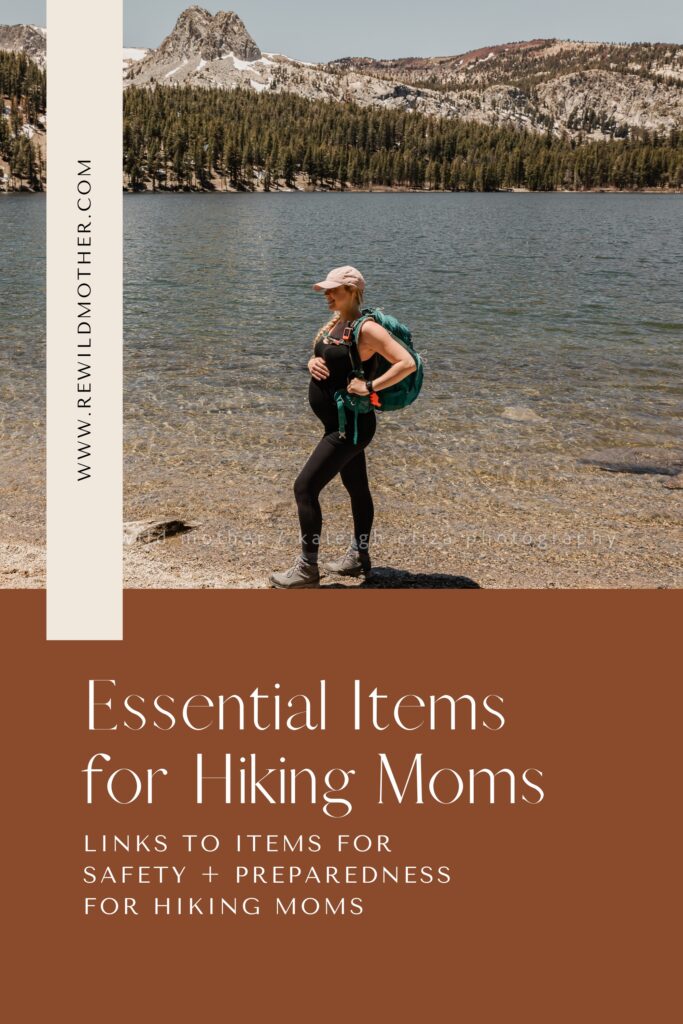
I really hope this list of hiking essentials for moms was helpful!
Make sure you’re subscribed to my newsletter (below) and are following along on Instagram @rewildmother where I interact daily!
My goal is always to help moms get outside with their kids. Let me know in the comments what you think of this list of essentials or head over to my Contact page to email me directly. Also be sure to drop your email in the box at the bottom of this page so you can stay in the loop with all the tips and tricks for hiking moms!
xx,
Kaleigh
Disclosure: This page includes affiliate links. By shopping these links, you help support this Mama-run small business through paid commissions, at no extra cost to you. Thank you for your support and understanding.

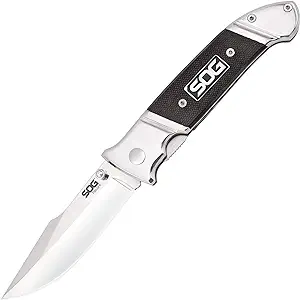
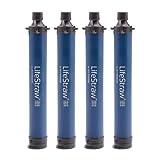
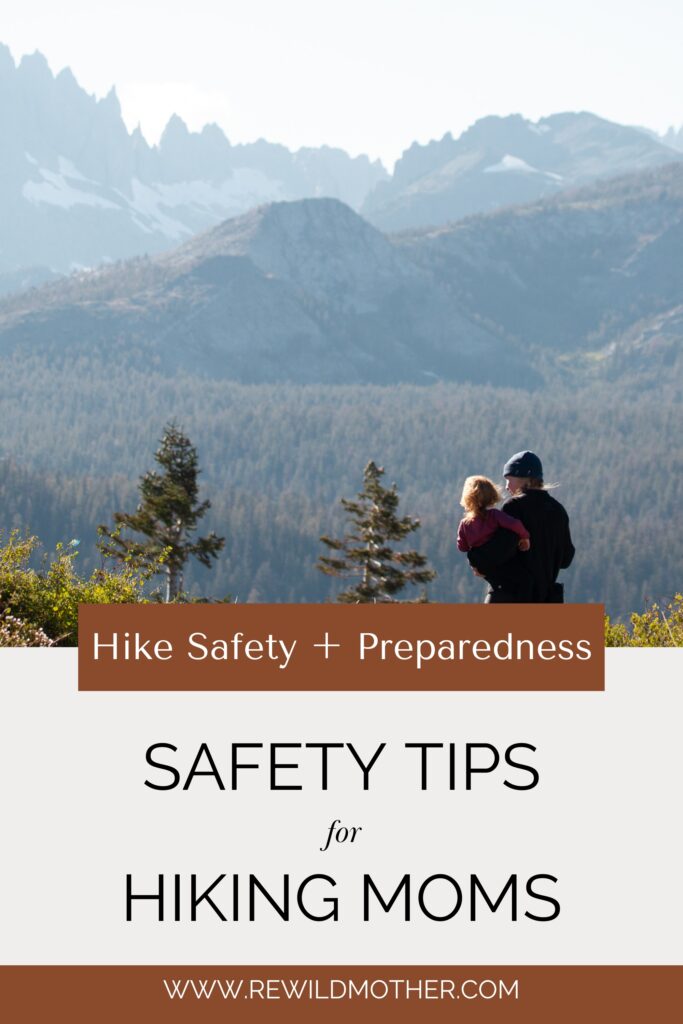
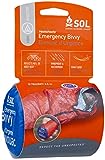
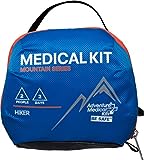
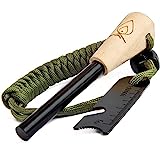
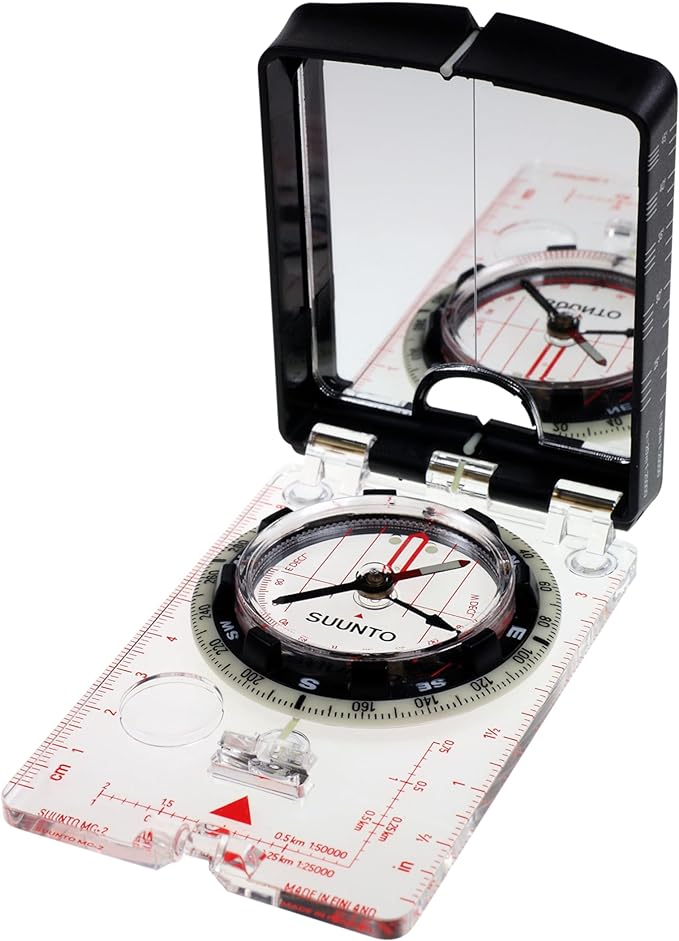
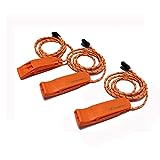

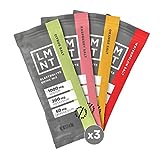
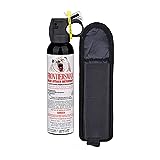
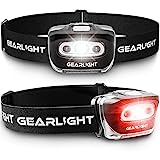
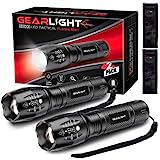
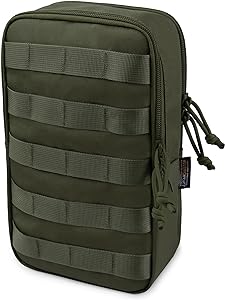
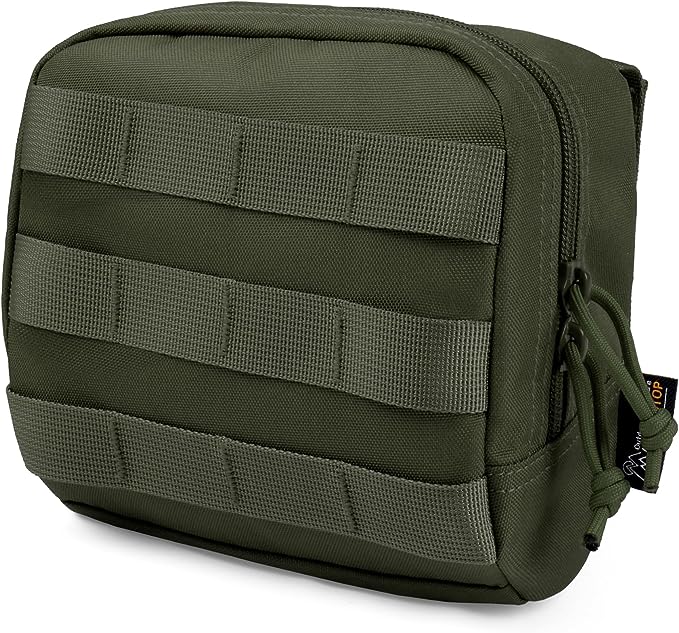
View comments
+ Leave a comment